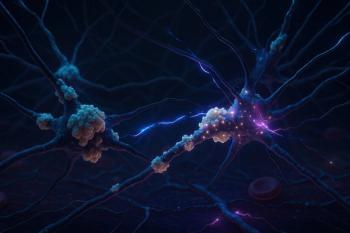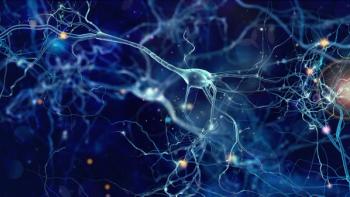
Glutamatergic Pathways in Major Depressive Disorder: Insights From Juan D. Oms, MD, FAPA

How can the glutamate model overcome challenges in treating major depressive disorder?
CONFERENCE REPORTER
Juan D. Oms, MD, FAPA, explored unmet needs in major depressive disorder (MDD) and the importance of novel therapeutic targets in his presentation at the 2025 Southern Florida Psychiatry Conference in West Palm Beach, Florida.
"We are moving from the monoamine model to the glutamate model," shared Oms, "because so many patients have treatment-resistant depression."
This move is also driven by the prevalence of anhedonia, shared Oms. Higher levels of anhedonia in depression have been associated with a larger number of preceding depressive episodes, longer depressive episode length, greater overall disease severity, and increased risk of suicidal behaviors. Longitudinal studies also suggest that severity of anhedonia predicts a persistence of depression 12 months later.1,2
Furthermore, anhedonia is associated with adverse outcomes in patients with MDD, with more severe depressive episodes, increased suicidality, and an overall poor prognosis. On a biological level, patients with MDD experiencing anhedonia have higher levels of inflammatory factors, abnormal metabolic function, and hypermetabolism of BDNF.
"Unfortunately, the current medication of SSRIs and SNRIs do not really treat that component well," said Oms. "And, at the end of the day, when you lack pleasure, everything goes on decline: your enjoyment of life, going to work, your family."
Oms noted we are seeing more and more agents available to use, whether that is esketamine and ketamine, to transcranial magnetic stimulation, all in service of combatting treatment-resistant depression and fulfilling unmet needs in MDD.
Dr Oms is the residency program director at Southern Winds Hospital, and voluntary assistant professor in the department of psychiatry at Florida International University in Miami, FL.
References
1. Serretti A.
2. Wu C, Mu Q, Gao W, Lu S.
Newsletter
Receive trusted psychiatric news, expert analysis, and clinical insights — subscribe today to support your practice and your patients.














